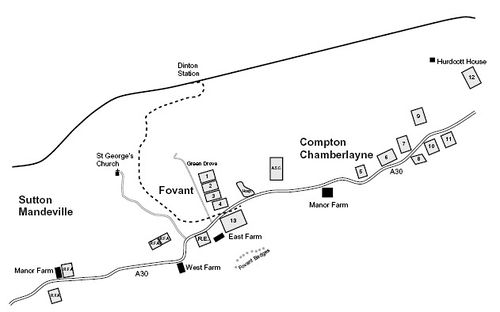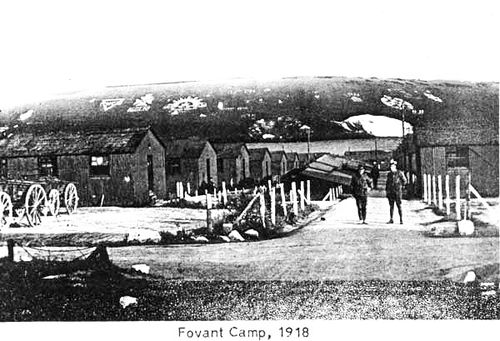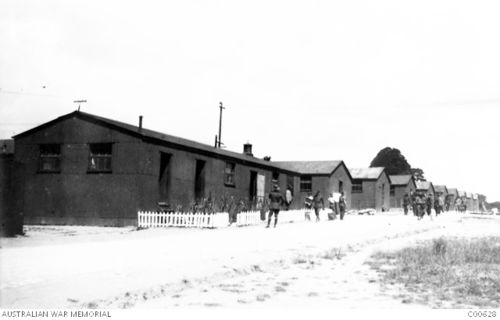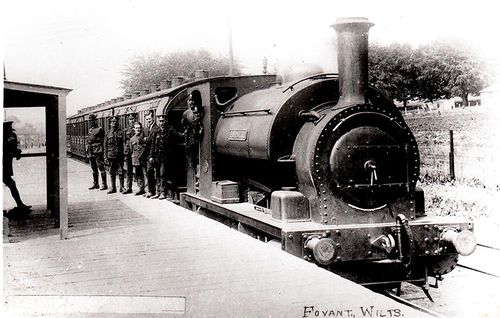Difference between revisions of "Fovant"
From Our Contribution
| Line 7: | Line 7: | ||
| image = [[File:Fovant_camps.jpg|border|500px]] | | image = [[File:Fovant_camps.jpg|border|500px]] | ||
| caption = Each of the numbered boxes represents a group of up to 20-25 huts | | caption = Each of the numbered boxes represents a group of up to 20-25 huts | ||
| − | | image2 = [[File:Fovant_1918.jpg]] | + | | image2 = [[File:Fovant_1918.jpg|border|500px]] |
| caption2 = Camp with chalk badges in background | | caption2 = Camp with chalk badges in background | ||
| − | | image3 = [[File:Fovant_huts.jpg]] | + | | image3 = [[File:Fovant_huts.jpg|border|500px]] |
| caption3 = One of the camps | | caption3 = One of the camps | ||
| − | | image4 = [[File:Fovant_railway_station.jpg]] | + | | image4 = [[File:Fovant_railway_station.jpg|border|500px]] |
| caption4 = Railway station that served the camps | | caption4 = Railway station that served the camps | ||
Revision as of 17:36, 8 May 2017
 Each of the numbered boxes represents a group of up to 20-25 huts | |
 Camp with chalk badges in background | |
 One of the camps | |
 Railway station that served the camps | |
| History |
|---|
==Remarks==Fovant is a village in south west Wiltshire, England about 14 km west of Salisbury. The village existed prior to the drawing up of the Domesday Book in 1086.
During WW1 temporary camps were built to handle training and medical treatment of soldiers. Fovant housed 20,000 men in prefab wooden huts with corrugated iron cladding and roofs, wood burning stove in the centre and about 30 men per hut.
As the building materials arrived at Dinton Station and required hauling the 5 miles to Fovant it soon became clear that a spur railway line would be essential. The Fovant Military Railway conncted the camps with the main rail system at Dinton. This was used for moving stores, equipment, wounded personnel and occasionally villagers. Soldiers marched.
At least one Brigade, arriving in the small hours one cold December night, sang to cheer themselves up as they marched to camp. Not so popular with tired villagers!
It is also the site of the badges cut into the chalk of a nearby hill, including the Australian hat badge.
AIF battalions were housed at Fovant while engaged in training activities on the Salisbury Plain. There was a 600 bed hutted military hospital at Fovant during the First World War, and the concentration of Australian depots and training camps in the area is reflected in that there are 63 First World War burials in the local church's graveyard.
Hurdcott camp, one of the larger Australian ones was 8-9 kms to the east.
When the fighting finished Fovant was one of three camps in the South West designated as demobilisation centres for returning soldiers.
Australian soldiers stayed in Hurdcott for many months. Lacking the motivation of training and the structure of army discipline, boredom quickly became a problem. Unlike the fatal rioting on the Plain there was a little “rowdyism” at Hurdcott. One farmer tells of being stopped by a barricade at the camp entrance and made to drink a pint of beer with the ‘guard’ before being allowed to continue to his home at Fovant.Fovant
Soldiers who passed this way!
Notes